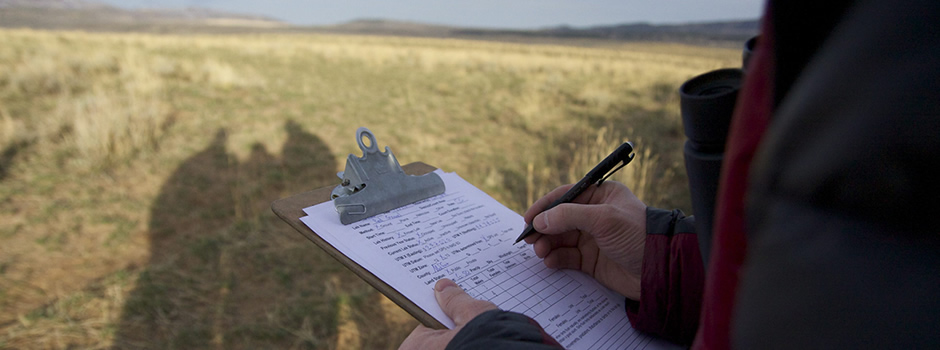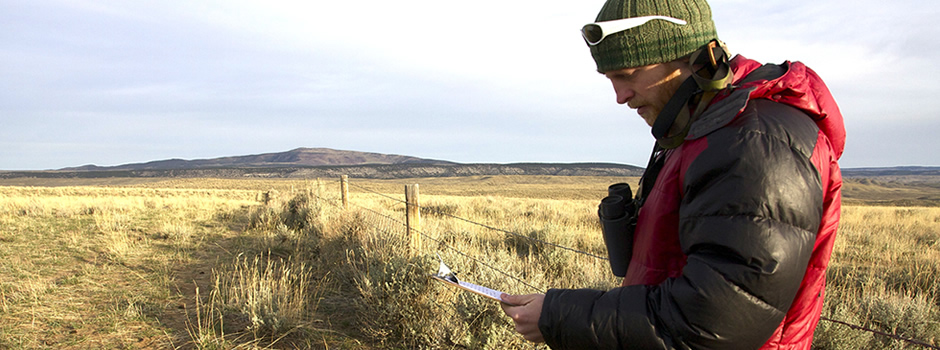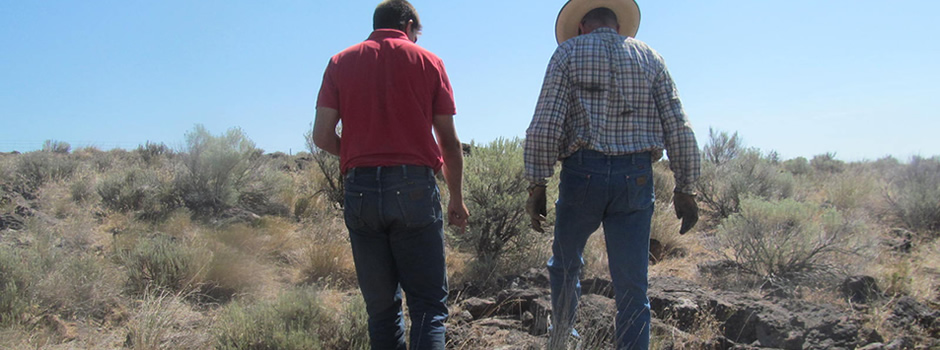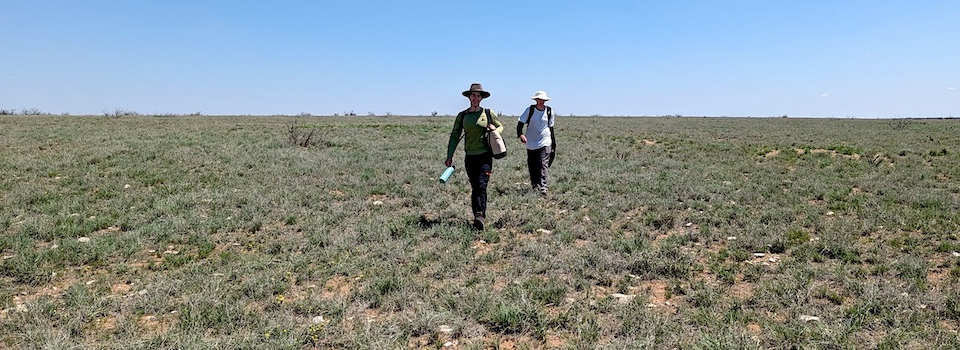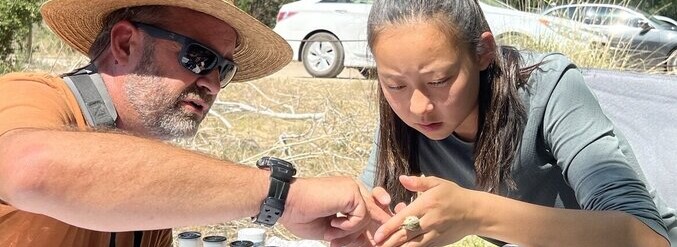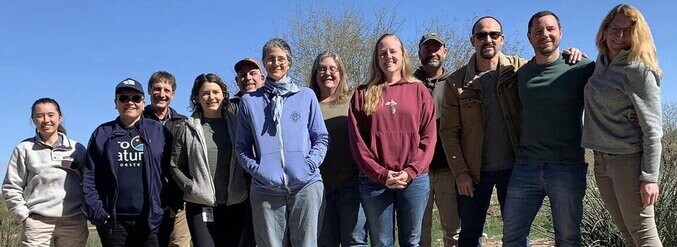In pre-settlement days, Greater Sage-Grouse numbered in the millions across the American West. Their populations have since plummeted to about 200,000. Fortunately, much of this bird’s ideal habitat is found on private ranchlands and what’s good for rangelands is often good for grouse. Ranchers and wildlife conservationists are sharing a vision for conserving sagebrush habitats vital to sage grouse and are collaborating extensively through the Sage Grouse Initiative (SGI). As part of this initiative, a team of natural resource specialists has assembled to live and work in key ranching communities within the sage grouse range. Known as the Strategic Watershed Action Team (SWAT), this force was established in 2011 to build field capacity and strengthen the science guiding SGI. The conservationists and biologists that make up the SWAT provide on-the-ground technical assistance to private landowners and facilitate conservation projects that improve sage grouse habitat and the sustainability of ranching.
The Intermountain West Joint Venture (IWJV), in close collaboration with the Natural Resources Conservation Service (NRCS), manages the SWAT and to date they have achieved the following:
- 936,483 acres of rangeland improvement to increase sage grouse hiding cover during nesting season. Additional grass cover is expected to increase sage grouse populations by 8-10%.
- 174,504 acres of conifer removal in key nesting, brood-rearing, and wintering habitats. Removing encroaching conifers from sagebrush rangelands eliminates tall structures in otherwise suitable habitat. As birds re-colonize former habitats, increased bird abundance is anticipated.
- 115 miles of “high risk” fence near leks to be marked or removed. Marking fences is expected to reduce sage-grouse fence collisions by 83%.
The SGI SWAT represents a bold step to conserve sagebrush landscapes at a scale that transcends anything attempted to date. It is rooted in the reality that sage grouse and sustainable ranching are inextricably linked, and that science-based landscape-level conservation delivery is the recipe for success.
For contact information and quarterly reports on the SGI SWAT visit their website.



